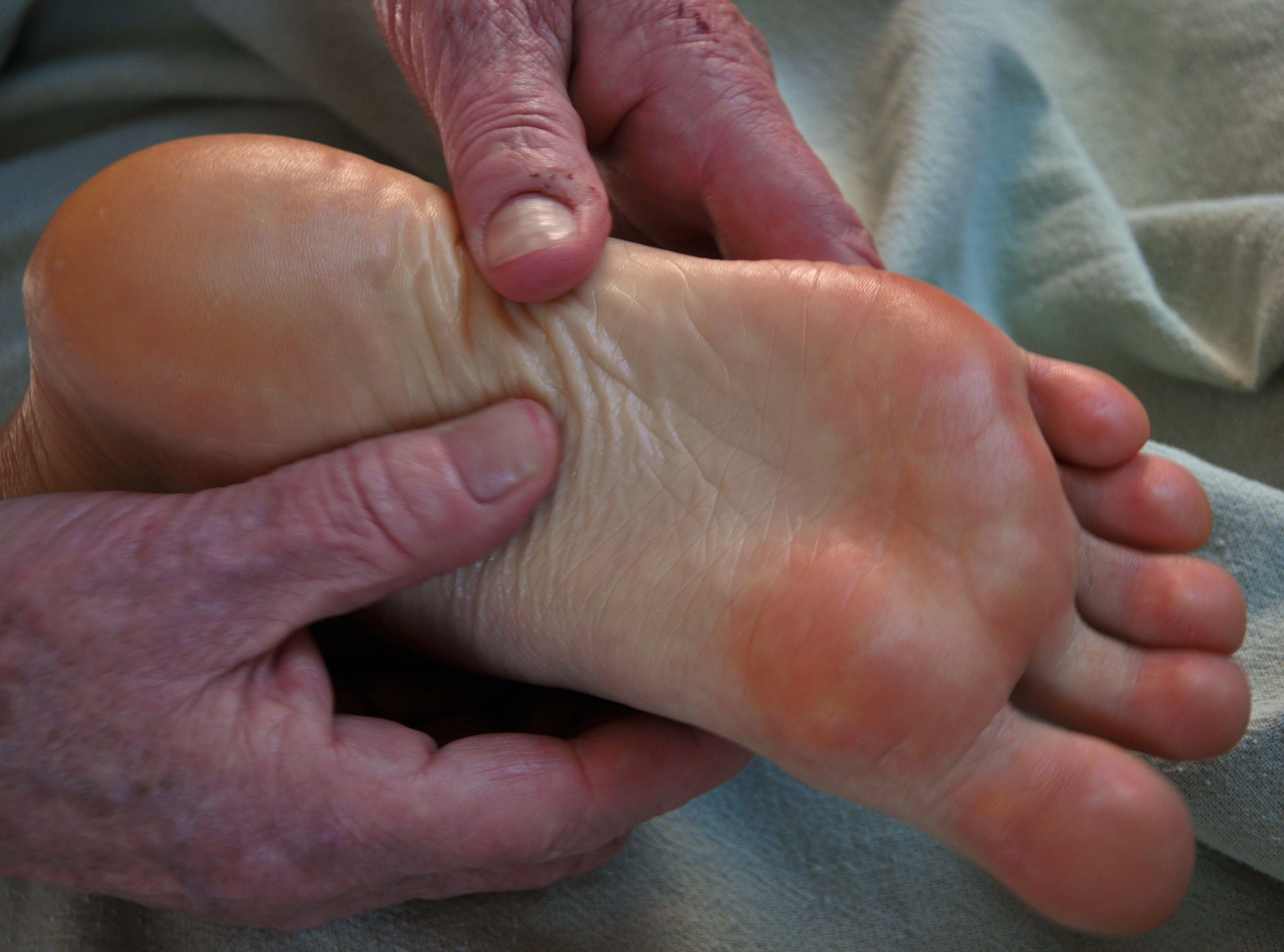There is a time in every massage when the therapist begins to rub the posterior neck. For many of our computer-burdened clients, it presents an opportunity to relieve the congestion of technology.
The head is supported by these many muscles, embedded with many layers, often adhesed, and near the source of many functions from sleep to mood to respiration.
Headaches emerge from these groups, as do disorders such as head-forward posture, and as some suspect even problems such as chronic fatigue.
So what do many of us do when we approach the root of these many complex problems? We effluerage upward, in the direction of the cranial vault and away from the shoulders.

Medical Illustrations by Patrick Lynch, generated for multimedia teaching projects by the Yale University School of Medicine, Center for Advanced Instructional Media, 1987-2000.
Let me make a case that we are drawing our hands in the wrong direction. Take a look at the accompanying picture from Wikipedia. See all the muscular origins? The SCMs, the traps, the cervical erectors?
The upward effluerage comes from the general direction of Swedish massage, which is in the direction of the heart, following venous flow.
But at the shoulders, we are no longer drawing toward the heart, but away from it. This draws thumbs and hands into the great space at the under-cranium, the place where those headaches and balanced-head issues hide.
With congestion disorders from headaches to fibromyalgia, we may do much good for our clients by drawing down from the hairline toward the mid-trapezius.
Try drawing congestion away from the source, toward the crux of the trapezius. You might be surprised by the results.









